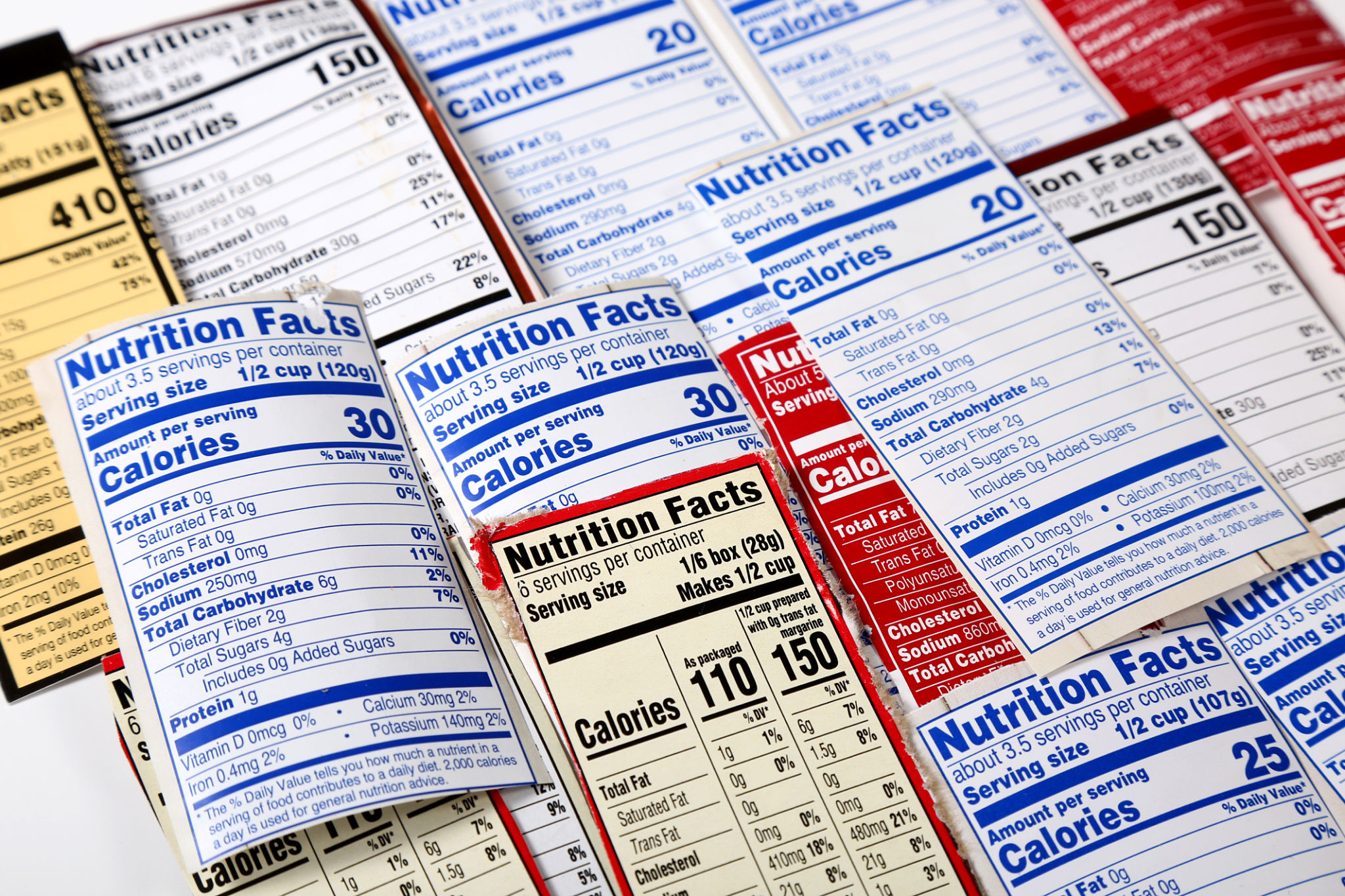Debunking Common Myths About Food Labeling and Compliance
Understanding Food Labeling: The Basics
Food labeling is an essential aspect of consumer health and safety, providing crucial information about the products we consume. However, there are numerous myths surrounding food labeling and compliance that can lead to confusion. This article aims to debunk these myths and provide clarity on what you should know about food labels.
One common misconception is that all-natural labels mean the product is healthy. In reality, "natural" does not necessarily equate to healthy or organic. The term "natural" is often loosely regulated, allowing manufacturers to use it even if the product contains processed ingredients. Understanding the difference between "natural" and "organic" can help consumers make better-informed choices.

Myth 1: Organic Labels Are Always Accurate
Many consumers believe that if a product is labeled as organic, it is entirely free from pesticides and chemicals. While organic products are produced without synthetic pesticides, fertilizers, or genetically modified organisms (GMOs), they may still contain naturally derived substances approved for use in organic farming. The organic certification process is stringent, but it does not guarantee a completely chemical-free product.
It's important to look for the USDA organic seal to ensure that the product meets national organic standards. This seal verifies that the product contains at least 95% organic ingredients. However, understanding this label helps dispel the myth that organic means zero chemicals.
Myth 2: Gluten-Free Means Healthier
The rise of gluten-free diets has led many to believe that gluten-free products are inherently healthier. However, this is not always the case. Gluten-free products are designed for individuals with gluten intolerance or celiac disease, and they may contain higher levels of sugar, fat, or other additives to compensate for the absence of gluten.

When selecting gluten-free products, it's crucial to read the nutrition label carefully. Comparing the nutritional content of gluten-free and regular products can often reveal surprising differences in calorie, sugar, and fat content.
Myth 3: Expiration Dates Indicate Food Safety
Expiration dates on food labels often cause confusion. Many consumers assume that food is unsafe to eat after the expiration date. However, these dates typically refer to peak quality rather than safety. Terms like "best by," "sell by," and "use by" can mean different things, and understanding these labels can help reduce food waste.
The "sell by" date informs retailers of how long a product should be displayed for sale. The "best by" date indicates when a product will be at its best flavor or quality. Meanwhile, the "use by" date is typically the manufacturer’s recommendation for when the product will be at its peak quality.

How to Make Informed Choices
To make informed choices, consumers should focus on understanding ingredient lists and nutritional information rather than relying solely on front-label claims. Learning to interpret these details can empower you to choose products that align with your dietary needs and preferences.
- Pay attention to serving sizes and compare them across similar products.
- Note the amount of added sugars, sodium, and fats.
- Look for whole ingredients and minimal additives.
By educating yourself about food labels, you can navigate the grocery aisles with confidence, ensuring that your selections contribute positively to your health and well-being.
